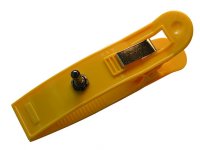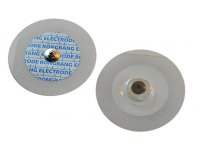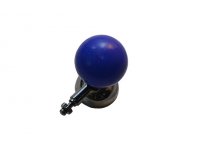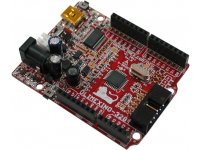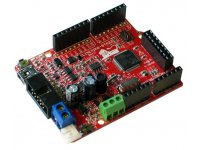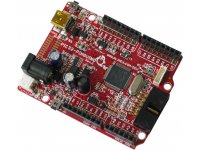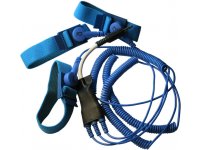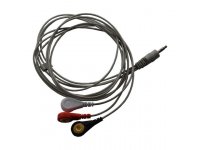SHIELD-EKG-EMG
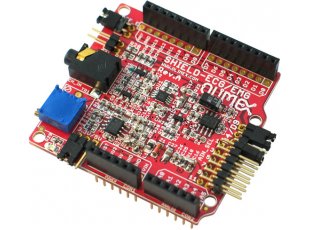



| Price | 19.95 EUR |
|---|---|
| 10 - 49 pcs | 17.96 EUR |
| 50 - 10000 pcs | 15.96 EUR |
This is an EKG/EMG shield which allows Arduino like boards to capture Electrocardiography Electromiography signals. The shield opens new possibilities to experiment with bio feedback. You can monitor your heartbeat and log your pulse, recognize gestures by monitoring and analize the muscule activity as it is done in this project.
SHIELD-EKG-EMG converts the analog differential signal (the ECG/EMG bio potentials generated by muscles), attached to its CH1_IN+/CH1_IN- inputs, into a single stream of data as output. The output signal is analog and have to be discretized further with aim to give the option of digital processing. Typically, this is done via dedicated ADC embedded in the MCU of the base board (like: OLIMEXINO-328, OLIMEXINO-32U4, OLIMEXINO-STM32, etc). In the demo example we have provided, "ShieldEkgEmgDemo.ino", we have used 10-bit ADC with 256Hz sampling rate.
SHIELD-EKG-EMG’s total gain is the product of the gains of each discretization stage: Instrumental Amplifier(G1=10), OAmp with regulated gain (G2=6..101) and 3rd order "Besselworth" filter (G3=3.56). Then, the Gtotal = G1*G2*G3 = 10*(6..101)*3.56. By default, we have set the G2 gain approximately ~80. Then, Gtotal = 10*(~80)*3.56 ~ 2848.
Vmaxanalog = 3.0V/2848 ~ 1mV
Note that the 3rd order "Besselworth" filter's cutoff frequency is set to fc = 40Hz.
FEATURES
- Stackable connectors - up to 6 channels can be stacked and wired to A0-A6 analogue inputs
- Calibration signal generation by D4/D9 digital output
- Precise trimmer potentiometer for calibration (all boards are shipped completely assembled, tested and calibrated so that you don't have to do this unless you want to see how things works)
- Input connector for standard or active electrodes
- Works with both 3.3V and 5V Arduino boards
DOCUMENTS
HARDWARE
- SHIELD-EKG-EMG schematic in PDF format released under Creative Commons Attribution-Share Alike 3.0 United States License
- SHIELD-EKG-EMG schematic and board in Eagle format released under Creative Commons Attribution-Share Alike 3.0 United States License
SOFTWARE
- Demo with Olimexino-2560 and Arduino IDE
- Electric guru monitoring software, created by Rob Sacks
- Arduino example for EKG capture and interface to Electric Guru for OLIMEXINO-328/Arduino boards
- Maple example for EKG capture and interface to Electric Guru for OLIMEXINO-STM32
- Pinguino example for EKG capture and interface to Electric Guru for PIC32-PINGUINO/OTG/MX220 (refer to the readme and the comments in the code for more info)

